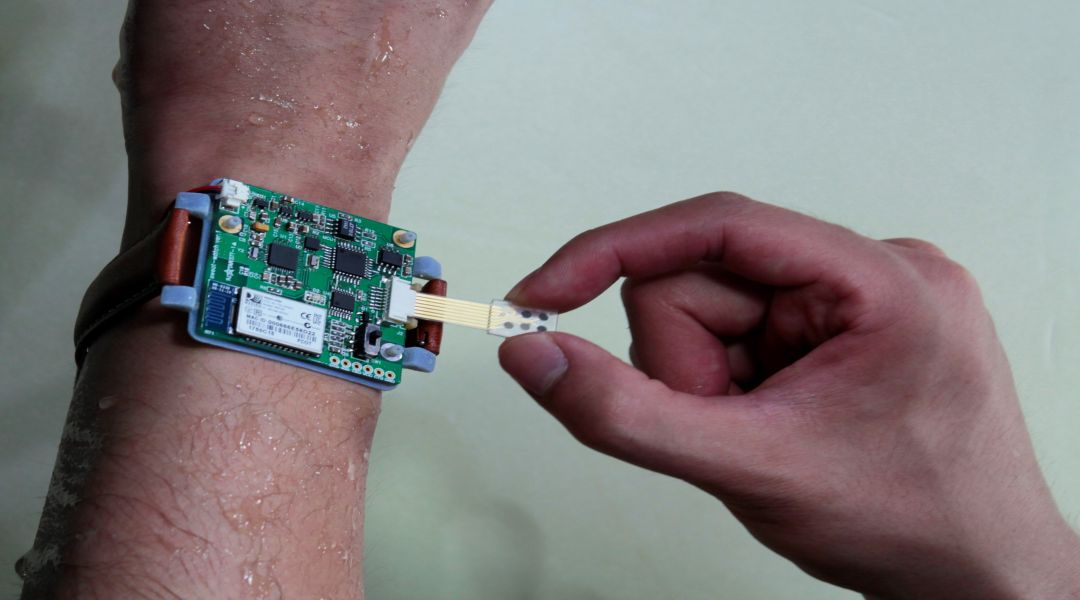Acrolein produced by cancer cells can be detected within five minutes, allowing for rapid diagnosis of cancer morphology during breast-conserving surgery.
![Click-to-Sense Probe for Breast Cancer Surgery [Video]](https://www.advancedsciencenews.com/wp-content/uploads/2019/02/advs201801479_ASN_image.jpg)
![Click-to-Sense Probe for Breast Cancer Surgery [Video]](https://www.advancedsciencenews.com/wp-content/uploads/2019/02/advs201801479_ASN_image.jpg)
Acrolein produced by cancer cells can be detected within five minutes, allowing for rapid diagnosis of cancer morphology during breast-conserving surgery.

Leather finds new life as an electronic skin.
![Linking Cancer Cells to Parent Cells [Video]](https://www.advancedsciencenews.com/wp-content/uploads/2019/01/smll201802358_ASN_image.jpg)
A single-molecule immunolabeling and co-immunoprecipitation method may lead to improved, personalized cancer treatment.

Scientists develop magnetized microalgae microswimmers using terbium.

A team of researchers demonstrated the capability of RSOM for detailed, cross‐sectional visualization of microvascular changes in the skin in the volar and dorsal aspects of the human forearm in response to local hyperthermia.

A wearable electronic device that can monitor glucose levels alongside vital signs adds another dimension to personalized health management.
![Carbon Nanomaterials in Healthcare [Video]](https://www.advancedsciencenews.com/wp-content/uploads/2018/11/adma201802368_ASN_image.jpg)
Carbon nanomaterials are promising therapeutic and diagnostic agents for healthcare applications including imaging and drug-delivery.
![Improving Imaging Techniques in the NIR-II Window [Video]](https://www.advancedsciencenews.com/wp-content/uploads/2018/11/adma201802394_ASN_image.jpg)
The NIR-II window holds great potential in biological imaging.

Flexible physical sensing platforms for wearable electronics, soft robotics, and real-time healthcare monitoring.

Respiratory syncytial virus (RSV) is well recognized as a primary cause for lower respiratory infection or bronchiolitis in infancy, but how many events coded as bronchiolitis are actually attributable to RSV?